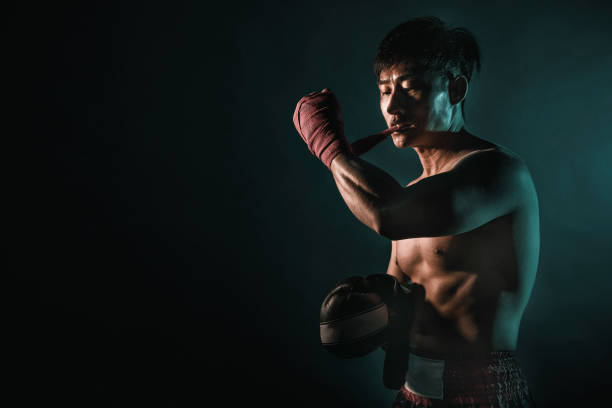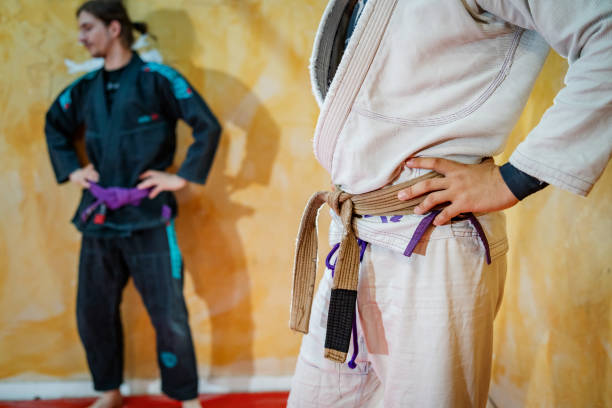The Gracies are respected personalities in the realm of martial arts, renowned for being the founders of Brazilian Jiu-Jitsu, also known as BJJ. Presently, this mode of combat is trained globally by thousands of enthusiastic followers.
Who were the Gracies?

In 1914 a Japanese Jiu-Jitsu champion called Maeda came to Brazil and started to show off his fighting skills to raise awareness of Japanese culture. Carlos Gracie came to one of these events as a rebellious child as his father thought the discipline would help to calm him down.
Carlos began to learn Jiu-Jitsu from Mitsuyu Maeda a couple of years later, aged 14, and he spent five years training with him before the family moved to live in Rio de Janeiro and his training came to an end.
Carlos was then age 20 and decided he wanted to teach Jiu-Jitsu but there was not really a big market for it at the time. He started out teaching police officers and law enforcement staff self-defense.
The First Gracie School was Established in the Twenties

Finally, when he was 23 he created the first Gracie Jiu-Jitsu School and this was the foundation stone for growing Jiu-Jitsu into a national sport in the country. He engaged his brothers Oswaldo, Gastao, George, and Helio in the project by teaching them.
This generation of brothers, both living together and working in the school, together created the cornerstone of Gracie’s family achievements in Jiu-Jitsu over the next decades. Helio Gracie however, was only 12 when the school opened so he was younger than the rest and couldn’t get involved.
What Did Helio Gracie Contribute?

He was learning from his brothers but being so much smaller and weaker he adapted some of the Jiu-Jitsu moves to suit his own abilities, focusing more on timing rather than strength. The new techniques helped to refine Gracie Jiu-Jitsu.
All four brothers created the first generation of Gracie fighters but Carlos and Helio led the way, with Helio taking on the running of the school eventually. When Helio got to his forties he couldn’t compete anymore so Carlson Gracie emerged as the new family champion and set up a second Gracie school in the 1950s.
Who was Rolls Gracie?

In the 1970s it was the turn of Rolls Gracie who linked the old Jiu-Jitsu with the modern techniques used nowadays. He is also credited with establishing it as a sport of significance in Brazil at the time, helping young people to have a healthy lifestyle. Rolls started a third school.
Following on from these founding family members there were many other generations of the Gracie family who took over the Jiu-Jitsu mantel and carried on the martial arts tradition. Junior Carlos set up another school called Gracie Barra.
When Did the Sport Become Popular Outside of Brazil?
In 1990, thanks to all the generations of Gracie fighters, Jiu-Jitsu became a national sport in Brazil, and in 1994 the family worked to create the Brazilian Jiu-Jitsu Federation which organized the first-ever national championship.
By the year 2000 Brazilian Jiu-Jitsu was popular around the globe with people learning the Gracie methods of fighting in addition to other martial arts that had also grown in popularity during this time.
If Carlos’ father hadn’t taken him to see the Japanese martial arts expert back in 1914 in an attempt to calm his son’s wild ways, the story of Brazilian Jiu-Jitsu would have looked very different and might never have taken place.
That one trip to learn Japanese culture changed not only Carlos’ life but the lives of thousands of Jiu-Jitsu followers over the subsequent decades that have been able to learn the moves thanks to him and the rest of his family.
The four brothers running their own school was the birthplace of modern Brazilian Jiu-Jitsu, leading to professional competitions, more schools in more cities, and eventually the nationalization of the sport in Brazil.
Conclusion
The Gracie method led to the development of what is now Brazilian Jiu-Jitsu which is practiced by martial arts fans around the world, at all levels so there can be no doubt that the Grace family single-handedly contributed an enormous amount to the development of this sport.
From a wild young boy back in 1914 to recognition in the sporting community worldwide, the Gracies took the sport from very humble beginnings to a highly skilled activity, to a leading competitive sport globally.
While the sport may have developed beyond the Gracie methods which were first taught back in the twenties, there can be no doubt that the family was the founding fathers of Brazilian Jiu-Jitsu.





